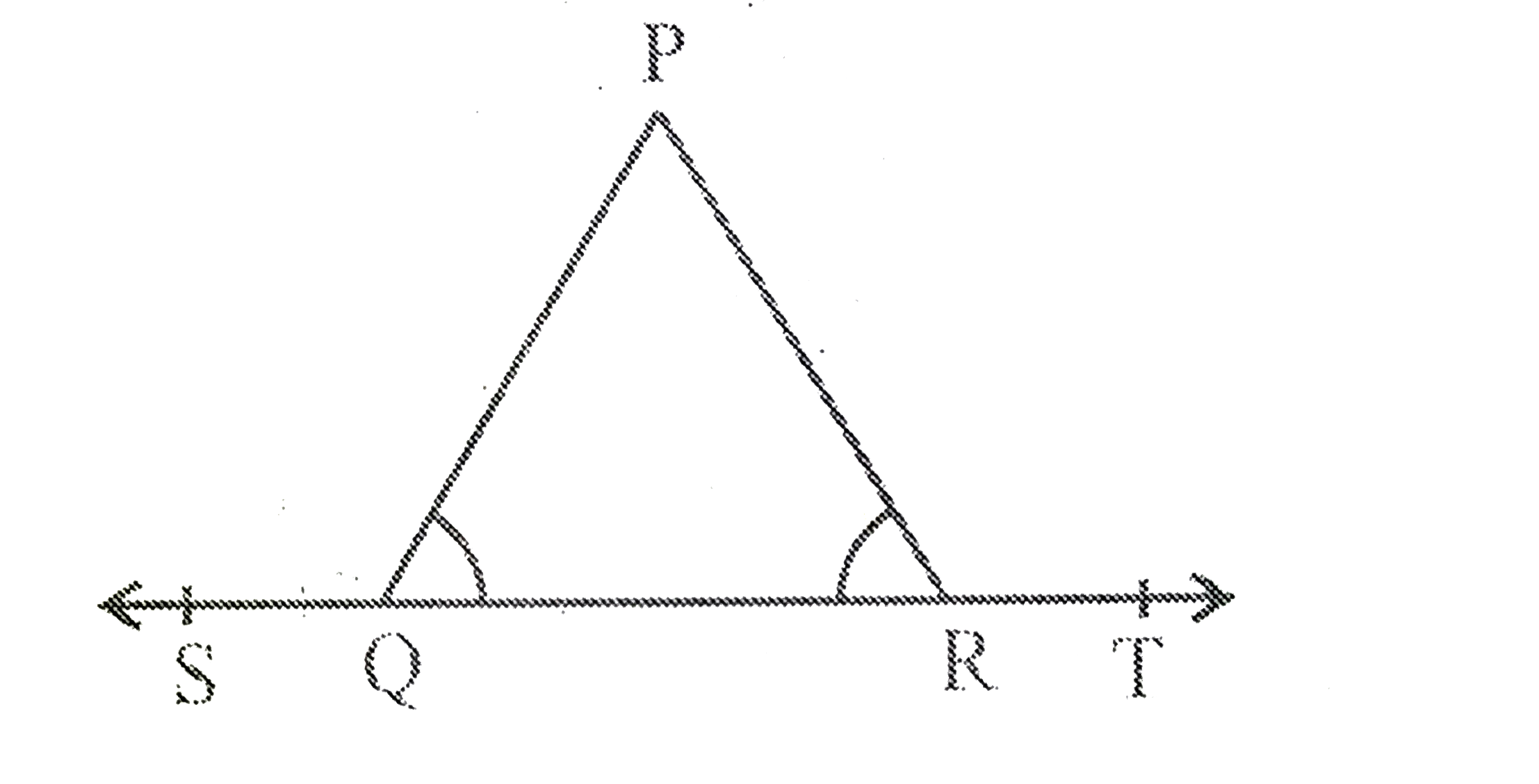In Fig. 4.90, if POS~ROQ , prove that PSQR . (FIGURE)
To prove that PS∥QR given that △POS∼△ROQ, we can follow these steps:
Step 1: Identify the Given Information
We are given that △POS∼△ROQ. This means that the corresponding angles of the triangles are equal.
Step 2: Write Down the Corresponding Angles
From the similarity of triangles, we can conclude:
- ∠POS=∠ROQ (let's call this ∠1=∠2)
- ∠OSP=∠OQR (let's call this ∠3=∠4)
Step 3: Use the Property of Alternate Angles
Since PS and QR are two lines and PR is a transversal that intersects them, we can use the property of alternate interior angles.
Step 4: Establish the Equality of Angles
From the similarity, we have:
- ∠3=∠4 (from OSP and OQR)
- ∠1=∠2 (from POS and ROQ)
Step 5: Conclude that Lines are Parallel
Since ∠3 (which is formed by line PS and transversal PR) is equal to ∠4 (which is formed by line QR and transversal PR), by the converse of the Alternate Interior Angles Theorem, we can conclude that:
PS∥QR
Step 6: State the Conclusion
Thus, we have proved that PS∥QR.
---
We are given that △POS∼△ROQ. This means that the corresponding angles of the triangles are equal.
From the similarity of triangles, we can conclude:
- ∠POS=∠ROQ (let's call this ∠1=∠2)
- ∠OSP=∠OQR (let's call this ∠3=∠4)
Since PS and QR are two lines and PR is a transversal that intersects them, we can use the property of alternate interior angles.
From the similarity, we have:
- ∠3=∠4 (from OSP and OQR)
- ∠1=∠2 (from POS and ROQ)
Since ∠3 (which is formed by line PS and transversal PR) is equal to ∠4 (which is formed by line QR and transversal PR), by the converse of the Alternate Interior Angles Theorem, we can conclude that:
PS∥QR
Thus, we have proved that PS∥QR.
Topper's Solved these Questions
Similar Questions
In Fig. 4.90, if PS∣∣QR , prove that POS~ROQ . (FIGURE)
View SolutionIn Fig. 4.99, if ∠P=∠RTS , prove that RPQ~RTS . (FIGURE)
View SolutionIn Fig. 6.15, ∠PQR=∠PRQ, then prove that ∠PQS=∠PRT.

View SolutionIn Figure, ∠PQR= ∠PRQ, then prove that ∠PQS= ∠PRT.
View SolutionIn Figure, PS=PR, ∠TPS= ∠QPR. Prove that PT=PQ
View SolutionIn Fig. , if QTPR=QRQS and ∠1=∠2 . Prove that PQS~TQR . (FIGURE)
View SolutionIn Fig. if ST∣∣QR . Find PS
View SolutionIn Figure, PS=QR and ∠SPQ=∠RQP. Prove that PQS ≅ QPR, PR=QS and ∠QPR= ∠PQS
View SolutionIn figure, PQ=PR . Show that PS>PQ.
View Solutionif p:q::r, prove that p:r=p2:q2.
View Solution
